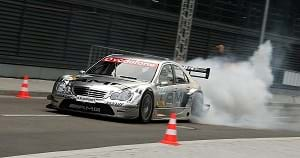
Summary
This unit builds upon Newton's Laws of Motion by exploring the force of friction. Students learn about friction and drag — two different forces that convert energy of motion to heat. Student-directed activities demonstrate how friction affects motion, and how texture affects the degree of friction as objects move across the surface of different types of materials.Engineering Connection
Understanding how friction works helps engineers in designing and using materials. Transportation and automotive engineers make sure that roads and tires provide the right amount of friction because friction provides traction and control for a safe driving experience, especially in icy or wet conditions. Engineers also design ways to reduce the force of friction between moving mechanical parts (in engines, tools, artificial limbs, etc.) so the parts run smoother and last longer.
Subscribe
Get the inside scoop on all things TeachEngineering such as new site features, curriculum updates, video releases, and more by signing up for our newsletter!Unit Schedule
Suggested order of activities:
More Curriculum Like This

Building upon their understanding of forces and Newton's laws of motion, students learn about the force of friction, specifically with respect to cars. They explore the friction between tires and the road to learn how it affects the movement of cars while driving.
Copyright
© 2020 by Regents of the University of ColoradoLast modified: December 8, 2020




User Comments & Tips